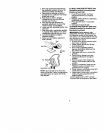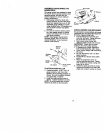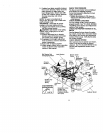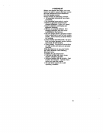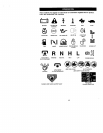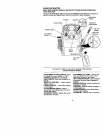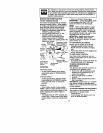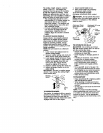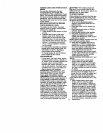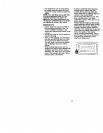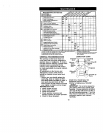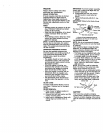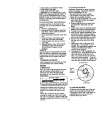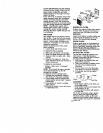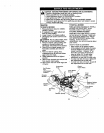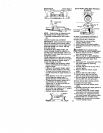
TOWINGCARTSANDOTHERATTACH-
MENTS
Towonlytheattachmentsthatare
recommendedbyandcomplywith
specificationsofthe manufacturer of your
tractor.Use common sense when towing.
Too heavy of a load, while on a slope, is
dangerous. Tires can lose tractionwith
the groundend cause you to lose control
ofyour tractor.
BEFORE STARTING THE ENGINE
CHECK ENGINE OIL LEVEL
The engine in your tractor has been
shipped, from the factory, already filled
with summer weight oil.
1. Check engine oilwith tractor on level
ground.
2. Unthread and remove oilfill cap/
dipstick;wipe oil off. Reinsert the
dipstick into the tube and rest oil fill
cap on the tube. Do not thread the
cap onto the tube. Remove and read
oil level. If necessary, add oil until
"FULL" markon dipstickis reached.
Do not overfill.
• For cold weather operation you should
change oilfor easier starting(See "OIL
VISCOSITY CHART" inthe Mainte-
nanca sectionof thismanual).
• To change engineoil, see the Mainte-
nance sectionin this manual.
ADD GASOLINE
• Fillfuel tank. Use fresh, clean, regular
unleaded gasoline with a minimumof
87 octane. (Use of leaded gasoline will
increase carbon and lead oxide
deposits and reduce valve life). Do not
mix oil with gasoline. Purchase fuel in
quantities that can be usedwithin 30
days to assure fuel freshness.
IMPORTANT: When operating in tem-
peratures below 32°F(0°C), use fresh,
clean winter grade gasoline to help
insure good cold weather starting.
_ILWARNING: Experience indicatesthat
alcohol blended fuels (called gasohol or
using ethanol or methanol) can attract
moisture which leads to separation and
formationof acids during storage. Acidic
gas can damage the fuel system of an
engine while in storage. To avoid engine
problems, the fuel system should be
emptied before storage of 30 days or
longer. Drain the gas tank, start the
engine and let it run until the fuel lines
and carburetor are empty. Use fresh fuel
next season. See Storage Instructionsfor
additional information. Never use engine
or carburetorcleaner productsin the fuel
tank or permanent damage may occur.
ACAUTION: Fillto bottom ofgas tank
filler neck. Do notoverfill. Wipe off any
spilled oil or fuel. Do not store, spill or use
gasoline near an open flame.
TO START ENGINE
When startingthe engine for the first time
or if the engine has run out offuel, it will
take extra cranking time to move fuel from
the tank to the engine.
1. Sit on seat in operating position,
depress clutch/breke pedal and set
parking brake.
2. Place gear shift lever in neutral (N)
position.
3. Move attachment clutch to =DISEN-
GAGED" position.
4. Move throttle control tofast position
5. Pull choke controloutfor a cold
engine start attempt. For a warm
engine start attempt the choke control
may not be needed.
NOTE: Before starting,read the warm and
cold starting procedures below.
6. Insert key into ignitionand turn key
clockwise to START" position and
release key as soon as engine starts.
Do not run starter continuouslyfor
more than fifteen seconds per minute.
If the engine does not start after
several attempts, push choke control
in, wait a few minutes and try again. If
engine stilldoes not start, pull the
choke control outand retry.
WARM WEATHER STARTING (50° F and
above)
7. When engine starts, slowly push
choke control in until the engine
beginsto run smoothly. If the engine
starts to runroughly, pull the choke
controlout slightlyfor a few seconds
and then continue to push the control
in slowly.
• The attachments and ground drive can
now be used. If the engine does not
accept the load, restart the engine and
allow it towarm up for one minute
using the choke as described above,
COLDWEATHER STARTING (50° F and
below)
7. When engine starts, slowly push
choke control in untilthe engine
begins to run smoothly. Continue to
push the choke control in small steps
allowing the engine to accept small
changes in speed and load, until the
choke control isfully in. If the engine
starts to run roughly, pullthe choke
control out slightlyfor a few seconds
and then continueto push the control
in slowly. This may require an engine
warm-up period from several seconds
to several minutes, depending on the
f 7 temperature.



